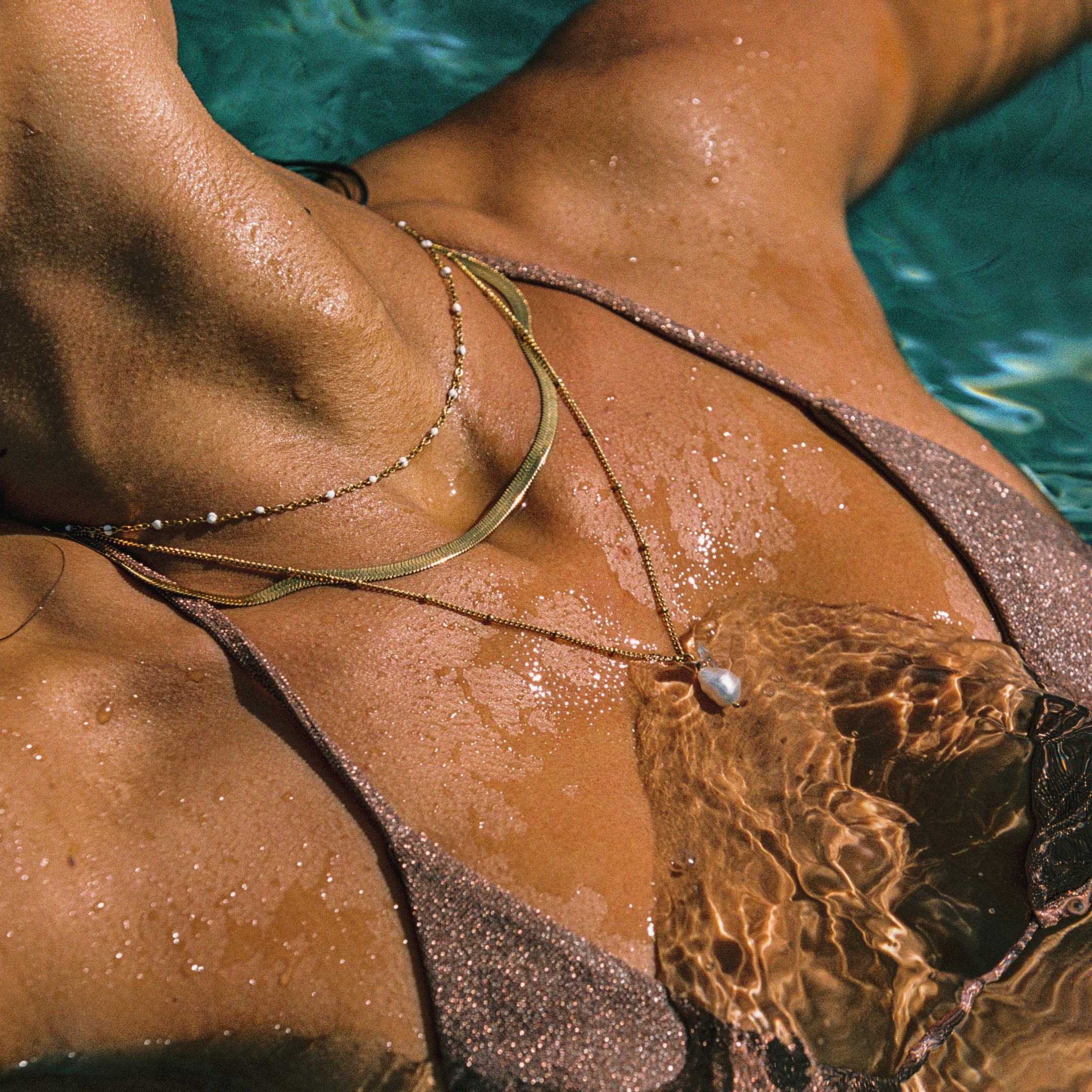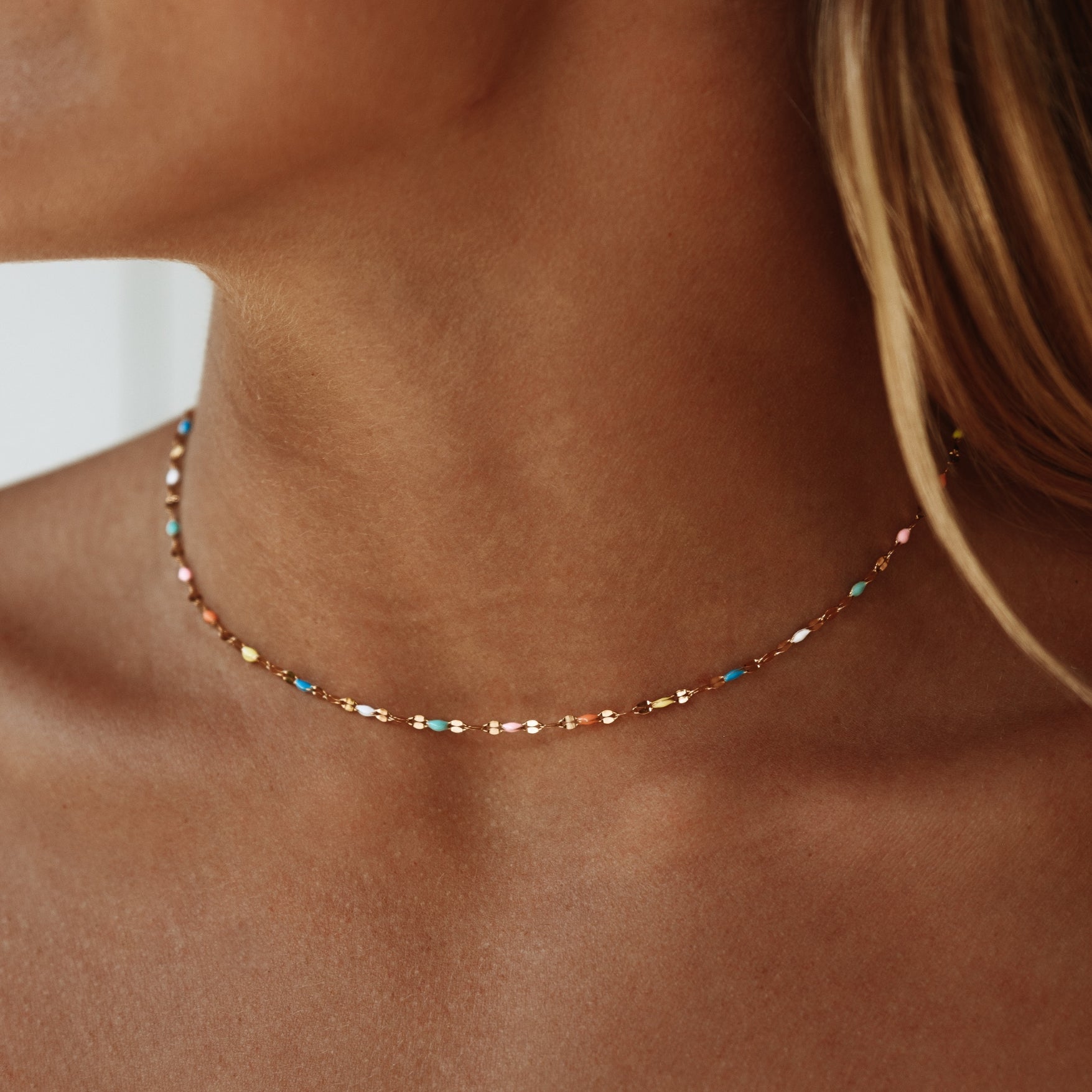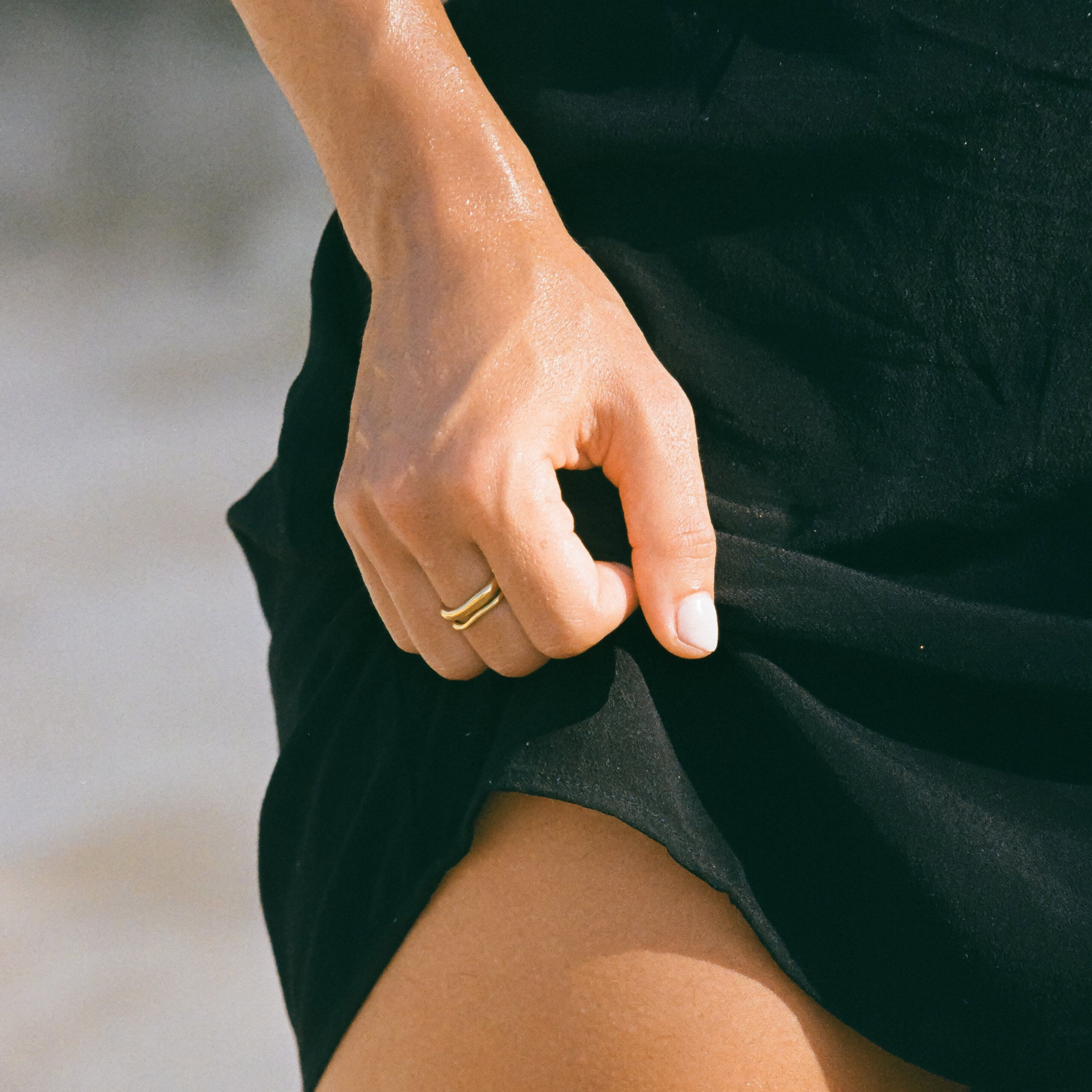15 Fun Facts About Seahorses
Seahorses are one of the most iconic ocean creatures, thanks to their unique body shape and vibrant colors. In some countries, they are considered symbols of good luck and vitality.
One fun fact about seahorses is that they have unique identifying marks on their coral net, which, like the zebra's stripes, is unique from one another.
Fun Fact About Seahorses that Makes them Incredible
Did you know that the largest species of seahorses is the size of a banana? The big-bellied seahorse (hippocampus abdominalis) can grow more than a foot long and lives in the seas of New Zealand and Southern Australia.
Below are other amazing facts about this gentle creature of the ocean:
Seahorses are fish.
They are aquatic creatures with gills that allow them to breathe and a swim bladder. However, they lack caudal fins and have a long snake-like tail, a neck, and a downward-pointing snout.
They don't have scales, despite being bony fish, and instead, have thin skin stretched over a series of bone plates grouped in rings throughout their body. There are a different number of rings for each species. They are protected from predators by their bony plate armor, and they no longer have ribs due to their outer skeleton.
They have fins.
Seahorses have a dorsal fin on the lower body and pectoral fins near their gills on the head. Some seahorse species are partially transparent, and despite their presence in aquariums, they are rarely seen in photographs. Around 54 different seahorse species can be found in many other bodies of water all over the world. The size of a seahorse can range from 1.5 to 35 centimeters. They usually weigh between seven ounces and one pound.
Seahorses are poor swimmers.
Seahorses swim in an upright stance most of the time. They propel themselves by fluttering a little fin on their back up to 35 times per second, and they anchor themselves to seagrasses and corals using their tails.
They don't have teeth and stomachs.
Seahorses utilize their snouts to search for food in nooks and crannies. They suck up their food like a vacuum cleaner through their snouts. If their prey is greater than the snout, it can expand. They are unable to chew and must take the food as it disintegrates. Their diet consists of fish larvae and microscopic plankton.
Seahorses are voracious eaters.
Because of their unique anatomy, seahorses need to consume a lot of food constantly. On average, they can eat up to 3,000 brine shrimps and other small crustaceans in just one day. Their trumpet-like snouts can suck food as far as three centimeters away.
They can use camouflage.
Seahorses, like chameleons, may change color to blend in with their surroundings, such as the seagrass.
They are protected from predators, such as crabs, by their camouflage. But with their bony armor, few animals can consume them in the first place.
These sea creatures also have excellent eyesight and can work independently on either side of their heads. This means they can simultaneously glance forward and backward! It's especially beneficial because they hunt for food by sight.
Male seahorses get pregnant.
The male seahorse is the only animal where pregnancy is reversed. They are thought to be a monogamous species, with pairs mating for the rest of their lives. There is a pouch on the ventral or front-facing side of the male seahorse's tail.
When a female seahorse mates, she can lay up to 1,500 eggs in the male's pouch. The males carry the eggs for 9 to 45 days until the seahorses are entirely developed and emerge.
Female seahorses transfer the egg to the male.
While the male seahorse is the one who carries the babies, the female is still in charge; she is the one who initiates the actual egg exchange.
Seahorses can change colors.
Chromatophores are small sac-like structures found in seahorses. These sacs have a multitude of pigments in them that cause them to change color. Only three or four primary pigments are found in each species of seahorse. When a seahorse is hurt, terrified, or worried, its skin darkens quickly. To escape predators, they usually mimic the colors of underwater plants.
They can live up to five years.
The scientific name of seahorses is the Hippocampus genus. Biologists estimate that the average lifespan of seahorses can be anywhere between one to five years which varies from one species to another.
Seahorses are loyal to their partners.
Seahorses are monogamous. Their courtship dance usually lasts eight hours where there are lots of swimming next to one another, spinning around, and color changing. The females typically transfer their eggs to the male, so the former can make more.
Unlike other fish, seahorses can move in more than one direction.
Seahorses are exceptional that they can move forward and backward, upward and downward despite their frailty. Their heads are likewise shaped in such a way that they can travel through the water stealthily.
Hitchhiking is a thing for them.
Seahorses can wrap their tails to floating vegetation or marine debris, which allows them to travel to new destinations faster. They also link to their partners to lose each other when the current is strong.
They are vulnerable.
Human activities are putting at least 12 species of seahorses in jeopardy of extinction. In Asia, they're utilized for food, aquarium pets, souvenirs, and traditional medicine. According to Seahorse Trust, about 150 million seahorses are used in Traditional Chinese Medicine every year.
Seahorses need your help.
According to the International Union for the Conservation of nature, seahorses are listed as "vulnerable," which is one step down from being endangered. If you want to help conserve their population, don't buy seahorse remedies or dead seahorses. Meanwhile, if you wish to keep seahorses as pets, instead of stealing them from the wild, acquire live seahorses that have been reared in captivity.
Help Conserve Seahorses
Ocean debris and other sea pollutants can harm the habitat of seahorses and other marine animals. If you've seen a recent viral photo of a seahorse clinging to a Q-tip, it shows you the dire situation of our oceans. Thus, it pays to be mindful to properly dispose of your garbage and spread awareness among your friends and family.
You can also help save seahorses by supporting us here at ATOLEA. For every Ocean- inspired jewelry purchase you made from us, part of it was given to Ocean conservation charities to support drives in saving the Ocean.
So dive into our wide collection of unique ATOLEA jewelry and join us in inspiring others to start making a difference for our Ocean!



















Leave a comment
This site is protected by hCaptcha and the hCaptcha Privacy Policy and Terms of Service apply.